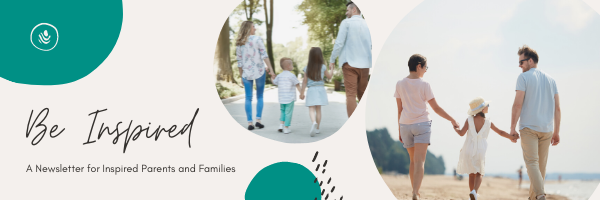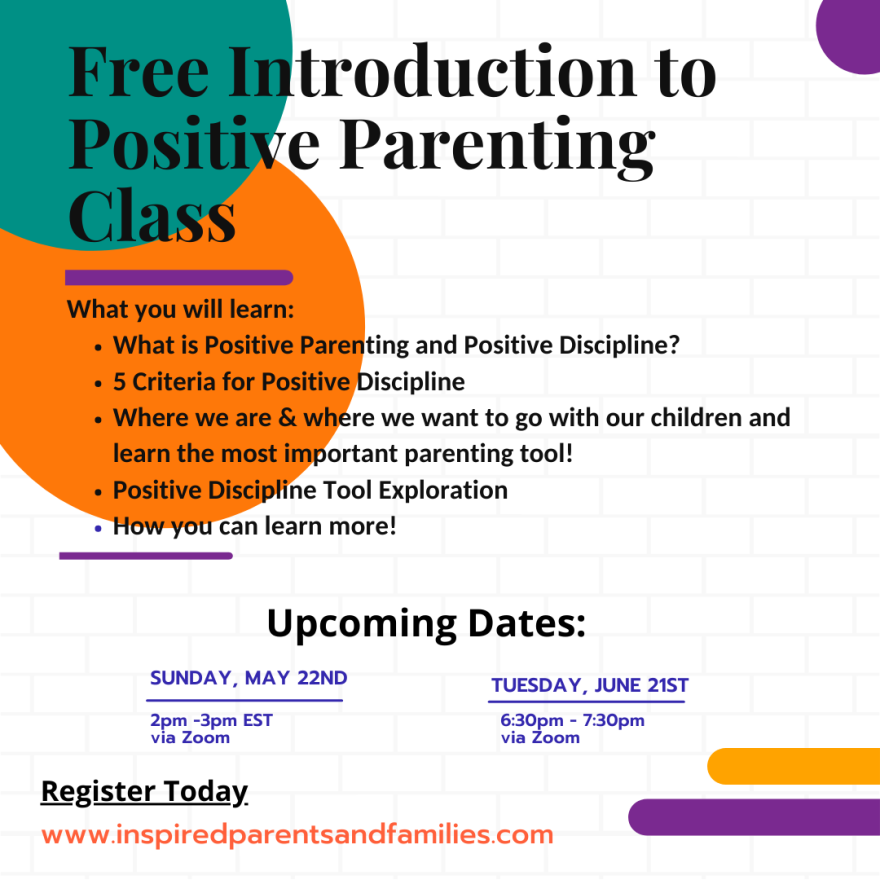 May 2022 May 2022
Well it is May, and if you are a parent of a school aged child, congratulations, you are on the downhill slide to Summer Break. Our family is looking forward to a slower pace, some beach time, and lots of fun time together around the grill and pool. Before we can get to the fun, we must make it through the dreaded End of School Year Gauntlet. No matter the age of your kids, keeping track of all the exams, parties, concerts, dress up days, and celebrations is dizzying. When my boys were in elementary school, we called it "May-cember" or "Christmas 2", as parents everywhere were scouring Target for the last white T-shirt for Tye-Dying, and a contribution for the Smores station in their child's "Camp Skeeter" classroom party all the while begging that nothing else be added to their calendar. My love / hate relationship with May continues even as we have aged out of all the elementary school traditions. My boys are in the thick of exams, projects, papers, ceremonies, and concerts, and we are all just trying to hold on until the end of the coaster ride. So, seat belts buckled, hold on tight, keep arms and legs inside the vehicle and I'll see you when the ride is over. Hang in there, we've got this. Oh, and Summer called, she's holding our spot by the pool!
-Melissa
THE IMPORTANCE OF CONNECTION BEFORE CORRECTION
 There is a simple and easy Positive Discipline tool called Connection before Correction that everyone can use, and that will immediately show dramatic changes in the way your children interact with you. Now we know it is just brain science: children learn (grow, feel safe, thrive) best when they feel connection—or as Alfred Adler and Rudolf Dreikurs taught us, "a sense of belonging and significance". There is a simple and easy Positive Discipline tool called Connection before Correction that everyone can use, and that will immediately show dramatic changes in the way your children interact with you. Now we know it is just brain science: children learn (grow, feel safe, thrive) best when they feel connection—or as Alfred Adler and Rudolf Dreikurs taught us, "a sense of belonging and significance".
Extensive research shows that we cannot influence children in a positive way until we create a connection with them. It is a brain (and heart) thing. Sometimes we have to stop dealing with the misbehavior and first heal the relationship.
Connection creates a sense of safety and openness. Punishment, lecturing, nagging, scolding, blaming or shaming create fight, flight, or freeze.
Before sharing ways to create a connection with children, I want to point out that it is a mistake to think that giving children whatever they want is effective. Rescuing, fixing, and over-protecting are not good ways to create a connection. Effective connections are made when both child and adult feel belonging and significance.
Some Ways to Create a Connection
-
 Spend special time with children. What could create a greater connection for your child than to know you enjoy spending time with him or her. Spend special time with children. What could create a greater connection for your child than to know you enjoy spending time with him or her.
-
Listen. Really listen. Stop doing whatever you are doing and give your child your full attention
-
Validate your child’s feelings. Don’t we all feel connected when we feel understood?
-
Share your feelings and thoughts when appropriate. Remember that children will listen to you AFTER they feel listened to. Children feel a connection when you respectfully share something about yourself. Respectfully, means no stories about walking miles in the snow.
-
Focus on solutions WITH children after a cooling off period. There is that word "with" again–because it is a golden bridge to connection.
-
Ask curiosity questions to help children explore the consequences of their choices instead of imposing consequences on them. Sincere questions open the heart and the rational brain—equaling connection.
-
Hugs. There are times when all of us need nothing more than a hug.
Once the connection is made, children are then open to respectful correction.
It is important to understand that "Correction" in the Positive Discipline way is very different from conventional correction. The biggest difference is that conventional correction usually involves punishment (punitive time-out, grounding, and taking away privileges being the most common). In other words, conventional correction consists of adults doing something TO children. Positive Discipline correction respectfully involves children whenever possible, finding solutions WITH them.
Two great methods for finding solutions are family meetings and joint problem solving. These are powerful tools that respectfully involve children to learn and use their personal power in contributing ways. Connection is created as part of the process.
When children feel a connection, they feel belonging and significance. Often that is enough for misbehavior to stop. As you learn more about Positive Discipline, you will notice the focus on creating a connection before respectful correction.
COOL RESOURCE

Get your toddler comfortable in the kitchen with fun and simple recipes that they can help with. Little Helpers Toddler Cookbook is the perfect choice for parents who want to give adventurous young children an opportunity to learn cooking basics.
- Teach your toddler to cook―Find simple instructions for safely bringing your toddler into the kitchen, as well as a list of kid-friendly kitchen tools.
- Introduce new flavors―Encourage your little one to try new foods like Pumpkin French Toast Sticks and Chicken BLT Kebabs―with 40 healthy mealtime, snack, and dessert recipes.
- Have fun together―Recipes are clearly labeled to let you know how difficult they are and which steps your toddler can get involved with.
Find it on Amazon
UPCOMING EVENTS

Register Today!!!
CONNECT WITH ME
  
|